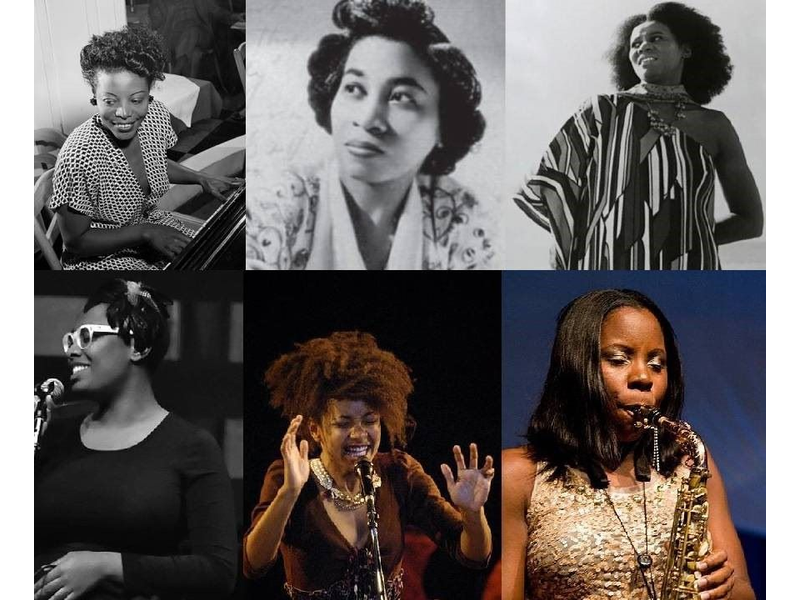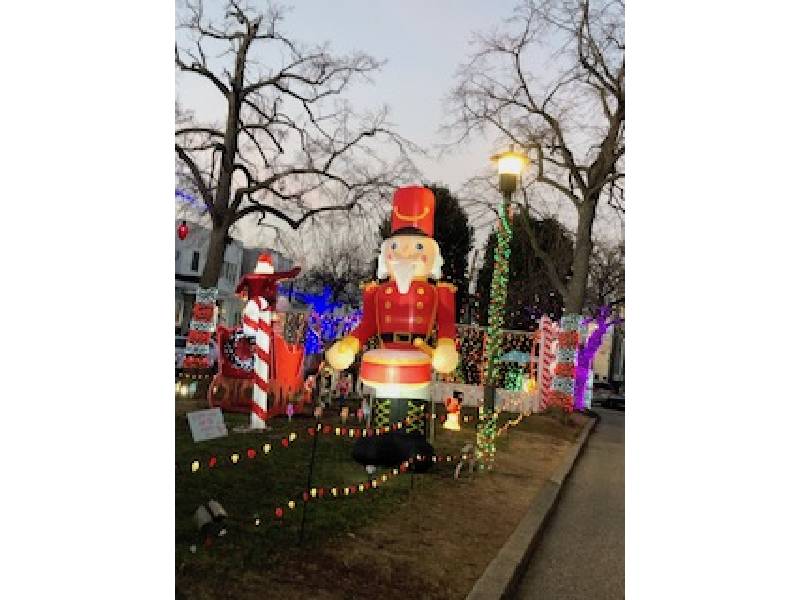For far too long, the narrative of jazz has been dominated by the singular image of the male trumpet player. Louis Armstrong’s gravelly vocals and Dizzy Gillespie’s lightning-fast bebop solos are etched into the genre’s DNA. But jazz has always been a music that thrives on diversity, and Black women have been a vital, yet often underrepresented, force in its evolution.
This isn’t just about the occasional smoky-voiced vocalist relegated to the background. Black women have been composers, bandleaders, instrumentalists, and innovators who have pushed the boundaries of the genre and left an undeniable mark on its sound.
Beyond the Songstress Stereotype
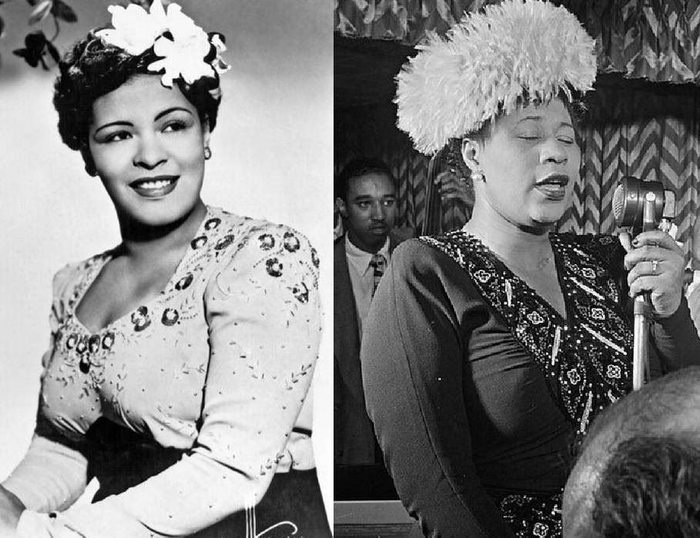
Billie Holiday (Public Domain), Ella Fitzgerald (William P. Gottlieb, Public Domain)
Singers like Billie Holiday and Ella Fitzgerald are rightfully considered jazz royalty. Their voices possessed an unmatched range and expressive power, capable of conveying the complex tapestry of joy, sorrow, and resilience that defines the African American experience. However, to limit Black women in jazz to just singers is to miss a far richer story.
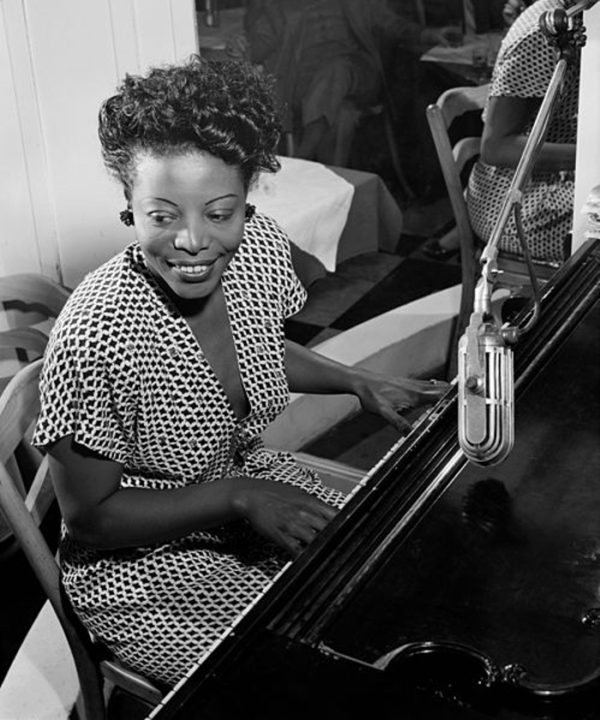
Mary Lou Williams (Public Domain)
Take Mary Lou Williams, a pianist, arranger, and composer whose work transcended categorization. She seamlessly blended swing, bebop, and gospel elements, creating a sound that was sophisticated and deeply rooted in the Black musical tradition. Her compositions, like “The Zodiac Suite,” defied expectations and showcased her mastery of harmony and melody.
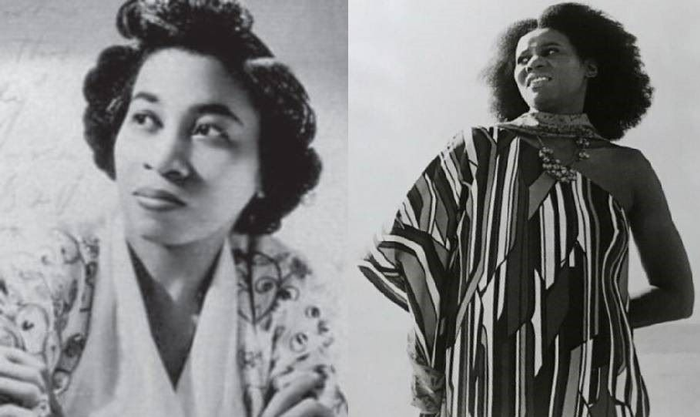
Lil Hardin Armstrong (Image Source: Women of Achievement), and Alice Coltrane, 1972 (Public Domain)
Black women weren’t just belting out ballads; they were tearing down the walls of instrumental mastery. Early pioneers like Lil Hardin Armstrong, a cornetist and pianist, and Alice Coltrane, a harpist, challenged the perception that jazz was a male domain. They held their own in male-dominated bands and used their instruments to express a unique musical vision.
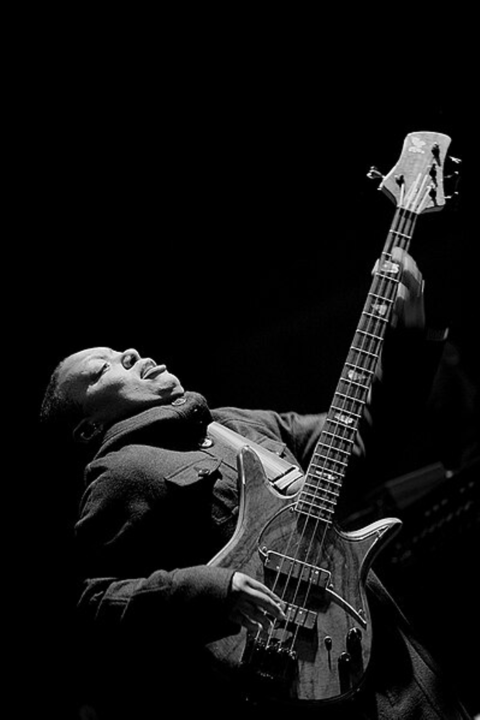
Meshell Ndegeocello, 2007 (Yancho Sabev, CC BY-SA 3.0, via Wikimedia Commons)
Take bassist extraordinaire, Meshell Ndegeocello. Her playing is both technically dazzling and deeply funky. She weaves intricate countermelodies, pushes groove boundaries, and isn’t afraid to take a searing solo that leaves audiences breathless.
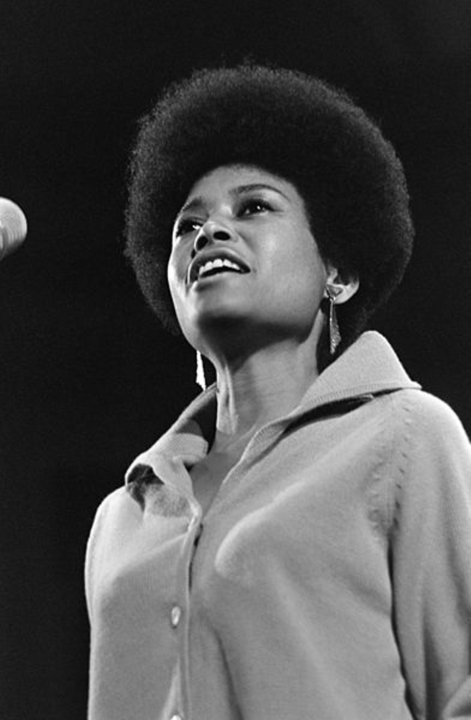
Abbey Lincoln, 1966 (Jack de Nijs for Anefo / Anefo; Restoration by User:Adam Cuerden, CC0, via Wikimedia Commons)
Black women in jazz haven’t been content to simply fit within the confines of the genre. They’ve been at the forefront of pushing its boundaries and incorporating new influences. Vocal powerhouse Abbey Lincoln didn’t shy away from tackling social and political issues in her music. Her songs addressed themes of racism, sexism, and the struggle for equality. Her voice was a powerful tool for social commentary, wrapped in the beauty and expressiveness of jazz.
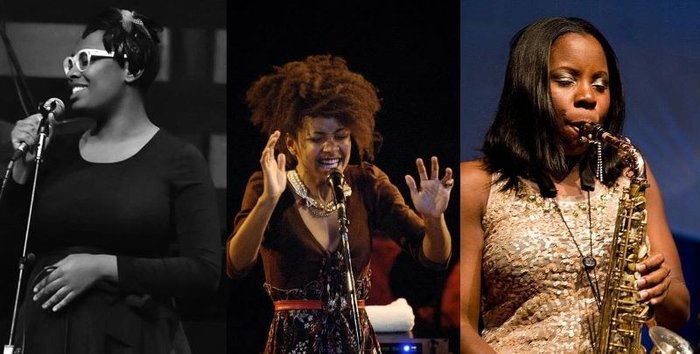
Cécile McLorin Salvant (ataelw, CC BY 2.0, via Wikimedia Commons), Esperanza Spalding (Pennello, CC BY 2.0, via Wikimedia Commons), Tia Fuller (Nomo michael hoefner, CC BY-SA 3.0, via Wikimedia Commons)
The contributions of Black women to jazz are vast and continue to inspire new generations of musicians. Vocalists like Cécile McLorin Salvant and Esperanza Spalding carry the torch of vocal mastery, while instrumentalists like Tia Fuller (saxophone) push their instruments’ boundaries.
A Call for Recognition
It’s time to rewrite the narrative of jazz and give Black women their rightful place as innovators, composers, and bandleaders who have shaped the sound of this iconic American art form. Their stories deserve to be told, their music celebrated, and their influence acknowledged. By delving deeper into the contributions of Black women in jazz, we gain a richer appreciation for the genre’s history and its boundless potential for the future.
So, the next time you hear a jazz trumpet solo, take a moment to acknowledge the women who have stood beside, and often ahead of, the genre’s icons. Seek out the music of these incredible artists and discover the untold stories in the vibrant jazz world.

Anand Subramanian is a freelance photographer and content writer based out of Tamil Nadu, India. Having a background in Engineering always made him curious about life on the other side of the spectrum. He leapt forward towards the Photography life and never looked back. Specializing in Documentary and Portrait photography gave him an up-close and personal view into the complexities of human beings and those experiences helped him branch out from visual to words. Today he is mentoring passionate photographers and writing about the different dimensions of the art world.

